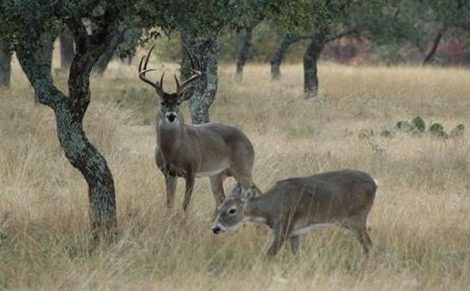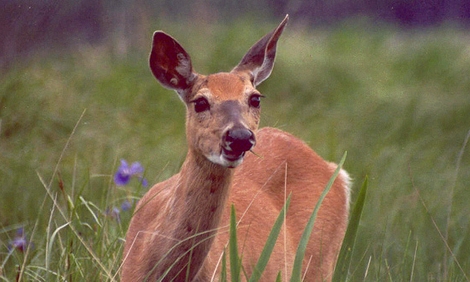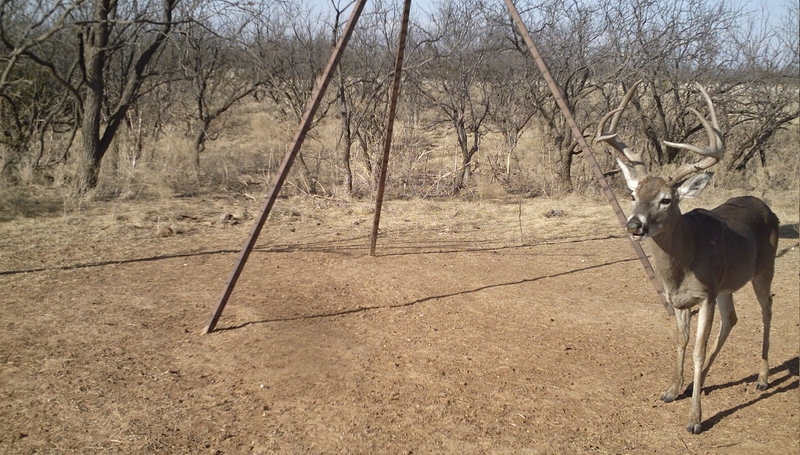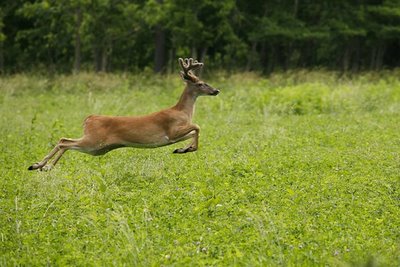
For those that work close-hand to better manage deer and deer habitat, we are always learning how we can improve the conditions of both. To better understand how we can enhance available deer habitat, deer nutrition, and the health of a deer herd, any information we can gather about deer help the cause. Here are some additonal facts you may not know:
1. White-tailed deer establish a home-range territory and will not leave it! It has been documented that deer will starve rather than leave their territory. Moral of the story — maintain adequate nutrition!
2. Wild white-tailed have been known to live at least to 11-years in the wild, but I suspect a very small percentage live even longer. Now those are mature deer!
3. With optimal habitat conditions, deer populations can double in size annually! Without regulated hunting and proper harvest management, deer will destroy wildlife habitat and suffer tremendous population die-offs.
4. If you took 2 white-tailed deer in the absence of predators, in just 7-years those two animals alone can produce a herd of up to 35 animals! I wish my savings increased at that rate.
5. In areas of overpopulation, deer cause an over-browsing affect we call a “browse line.” You do not want a browse line on your ranch! After a browse line is created, it takes years under a low deer density for browse plants to re-establish and recover.





